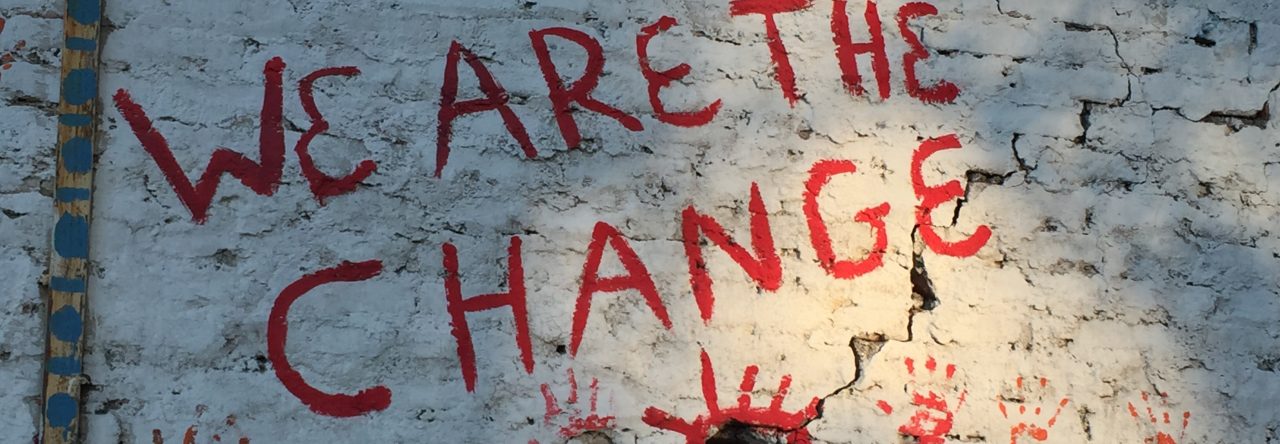Reggae band SOJA partnered with UNICEF’s Out-of-School Children initiative to produce the video “Shadow” to draw attention to the importance of education for all of the world’s children. Globally, an estimated 58 million children of primary school age and 63 million young adolescents are not enrolled in school. Like the girl in this video, many of them are girls. Yet data demonstrates that reaching the most marginalized children may initially cost more but also yields greater benefits. This video was filmed in Jigjiga, in the Somali region of Ethiopia, where 3 million children remain out of school. For more on global trends regarding out-of-school children, visit the UNICEF website.
In many parts of the world, marginalized girls must often drop out of school to get married before they are able to complete their education. But there has been some good news recently about efforts to raise the age of marriage and eliminate child marriage:
MALAWI’s National Assembly has unanimously passed a bill that raises the minimum age for consent to marriage from 16 (or 15 with parental consent) to 18 years of age. While this will end legal child marriage in the country with one of the highest rates of child marriage in the world, more work will need to be done to sure that the law is implemented.
And INDONESIA’s government is preparing a bill to raise the legal age of marriage for girls to 18 years of age. While the legal age of marriage for females is currently 16, marriage at a younger age is legal with parental consent and judicial approval. According to data from the Health Ministry in 2010, 41.9 percent of girls between the ages of 15 and 19 were married. (P.S. The minimum age for boys to marry is 19.)
The UNITED ARAB EMIRATES has announced that it will set up a “gender balance” council to promote equality and opportunities for women in the workforce. Despite the fact that more Emirati women than men graduate from universities in the UAE, their participation in the workforce is limited by social and legal boundaries.
In further signs that SOMALIA is finally emerging from conflict, President Obama has nominated the first U.S. Ambassador to Somalia in 24 years.
The government of TANZANIA is launching the One Million Solar Homes initiative to bring reliable solar-powered electricity to its citizens by the end of 2017. The initiative will affect 10% of the population and create 15,000 jobs.
Finally, in a bit of human rights history, BBC Mundo ran a story this week about the treatment of Latin Americans (particularly Peruvians) of Japanese descent during World War II. Japanese people began migrating to Peru in considerable numbers at the end of the 1800s, seeking opportunities to work in the mines and on sugar plantations. By the 1940s, an estimated 25,000 people of Japanese descent lived in Peru; many were successful professionals and business owners. After the attack on Pearl Harbor, the US government asked a dozen Latin American countries, among them Peru, to arrest its Japanese residents. In addition to arrests, about 2,200 Japanese-Latin Americans were forcibly deported to the US.
Records from the time suggest the US authorities wanted to take them to the US and use them as bargaining chips for its nationals captured by Japanese forces in Asia.
As many as 4,000 men, women and children were interned during World War Two in the Crystal City camp in Texas run by the US Immigration and Naturalization Service. Most of the detainees were of Japanese descent, although some German and Italian immigrants were also held there.
Of the 2,200 Latin Americans of Japanese descent to be interned in the US, 800 were later sent to Japan as part of prisoner exchanges. After World War Two ended, another 1,000 were deported to Japan after their Latin American home countries refused to take them back.
In 1988, then-President Ronald Reagan signed the Civil Liberties Act and apologised on behalf of the US government for the internment of Japanese-Americans. Under the act, the government paid tens of thousands of survivors of the camps $20,000each in reparation. But Japanese-Latin Americans did not qualify for the payments because they had not been US citizens or permanent residents of the US at the time of their internment. They filed a class-action suit and 10 years later, the US government agreed to pay them $5,000 each.

Thanks again for your weekly round-up. . . I really had a hard time enjoying Morocco because of the status of girls there – so few were given an education. Glad to see there are postive changes in some parts of the world. Somehow I never knew about the internment of Latin American Japanese, let alone that the US was behind it. Sad.
LikeLike
Reblogged this on ber3ycj.
LikeLike